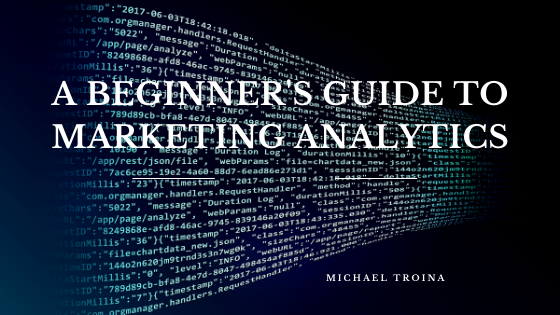We know that marketing is a mix of art and science. Marketing analytics is what forms the science part of marketing. Understanding marketing analytics can be a daunting experience and can deter even the most focused marketers, however, there are ways to break down the concept to a more manageable level.
There are various marketing tools out there, but it is not mandatory to deploy all of them. At a minimum, users should have the following:
- Search engine analytics tools such as Moz Pro, Google search console, and SEMrush
- Event-based tools to help track conversions and users’ behavior
- Tools for sending automated emails
- Google Analytics
Google Analytics is a free but powerful tool by Google. Most businesses have heard of it and may have used it, but not at full capacity. Google Analytics generates reports that help you understand the following:
- What visitors do in your site
- Where users are coming from
- Devices that users use on your site
- Understanding users’ bouncer rate
Google Analytics is data-driven. Data helps businesses track performance, understand social platforms to use, optimize SEO, and improve customer engagement based on all of the collected information about activities performed by visitors at your site.
Dave McLure’s Pirate Metrics breaks down marketing analytics into simple but critical five steps. These stages, abbreviated as AARRR, are Acquisition (how users find out that your business exists), Activation (whether users are wowed when they visit your site), Retention (whether users come back to your site), Revenue (whether traffic leads to sales, and Referrals (whether or not your business gets recommendations). By using this guide, you will be able to set up a marketing analytics funnel for your business. As you gather data, you will soon be able to track progress weekly.
Data from marketing analytics can be extremely detailed. However, with time, you will identify data that matters the most to you, depending on the business’s nature. It’s not effective to get swamped by too much data but it is insightful to draw insights from it. A/B tests are critical to measuring the effectiveness of your content. They help observe how one version of marketing content performs alongside another one, and they help businesses generate content that resonates with the target audience. This is enormously helpful, especially with email marketing and display advertisements.
